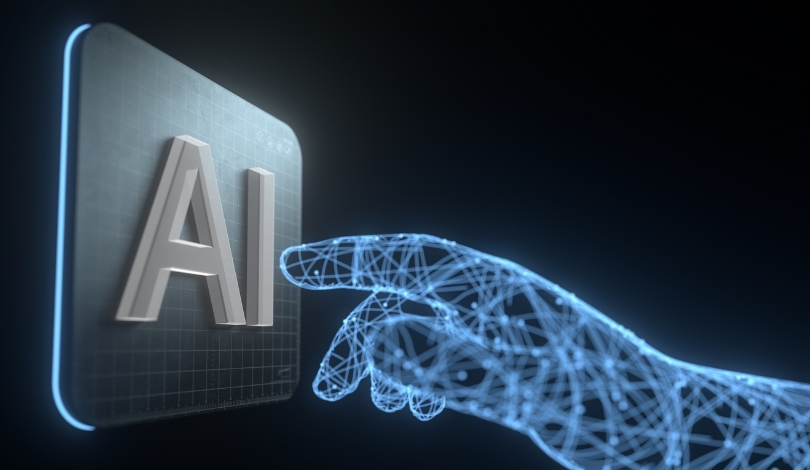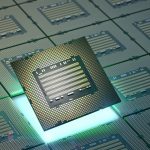Major investors are focusing on the potential of humanoid robotics, with Figure AI Inc. receiving over $1 billion in Series C funding, elevating its valuation to $39 billion. The San Jose-based company aims to expand use of its general-purpose robots, signaling a major movement in the robotics industry where partnerships, infrastructure, and practical demonstrations have become critical. Industry analysts note that successive rounds of funding represent not just faith in robotics, but a readiness of influential backers to engage further in the automation market. Meanwhile, the push for real-world adoption raises new questions about how these machines will fit into daily life, and what hurdles await at mass scale.
Recent news about humanoid startups has shown an increasing trend in significant financial commitments, but Figure AI’s latest round outpaces similar announcements, including UBTECH Robotics’ own $1 billion financing. While past updates highlighted pilot deployments and small-scale demonstrations of robots in workforce tasks, Figure AI now commits to scaling up with plans to manufacture 100,000 robots over four years. Continuous improvement in vision-language-action (VLA) models and partnerships with tech leaders like NVIDIA underline a broader industry focus on advancing both hardware and intelligence for greater commercial and household integration.
Can Figure AI Achieve Large-Scale Robot Manufacturing?
The company intends to scale both its Helix platform, known for its embodied intelligence, and the BotQ high-volume production line. According to Figure AI, the integration of NVIDIA’s advanced GPU-based systems is intended to accelerate AI training and simulation, targeting essential skills such as perception, reasoning, and control. By enhancing both manufacturing and the intelligence of its Figure 02 system, the firm anticipates substantial strides toward practical, scalable deployment.
“The team’s in place, the robots are built, and the path ahead is clear,”
said Brett Adcock, CEO of Figure AI.
What Sets Recent Funding and Support Apart?
Parkway Venture Capital led the investment, while prominent partners joined, including Brookfield Asset Management, NVIDIA, Macquarie Capital, Intel Capital, and several others. This collective backing not only spotlights Figure AI’s leadership aspirations but also indicates a convergence of influential capital towards humanoid robotics. In the wake of previous deployments—such as the delivery of the Figure 02 to paying customers—the company is leveraging fresh resources to expand manufacturing, data collection, and talent recruitment.
“Support from new partners, alongside the continued backing of our existing investors, reflects both Figure’s position as the market leader and a shared belief in a future where this technology becomes a natural part of daily life,”
the company stated.
Are Industry Barriers to Widespread Robot Use Being Addressed?
Although hardware and software are progressing, analysts and industry experts maintain that future deployments must demonstrate not only technical superiority to human labor and existing automation, but also rigorous safety and adaptability across unpredictable environments. These issues, along with integration challenges and public acceptance, remain front of mind as developers race to carve out commercial applications. Both experts from NVIDIA and other manufacturers will discuss experiences and solutions at industry events like RoboBusiness 2025, aimed at tackling these persistent barriers.
Interest in humanoid robotics continues to intensify, but commercial success depends on meeting both operational and societal expectations. Figure AI and counterparts are entering a period where investment, innovation, and transparent demonstration of utility will all be scrutinized. For companies moving from concept to deployment, attention to ethical standards, robust simulation infrastructure, and responsive customer feedback mechanisms are likely to become decisive factors. For readers tracking this sector, assessing which robots achieve adoption outside controlled exhibits will serve as a true test of viability in coming years.










